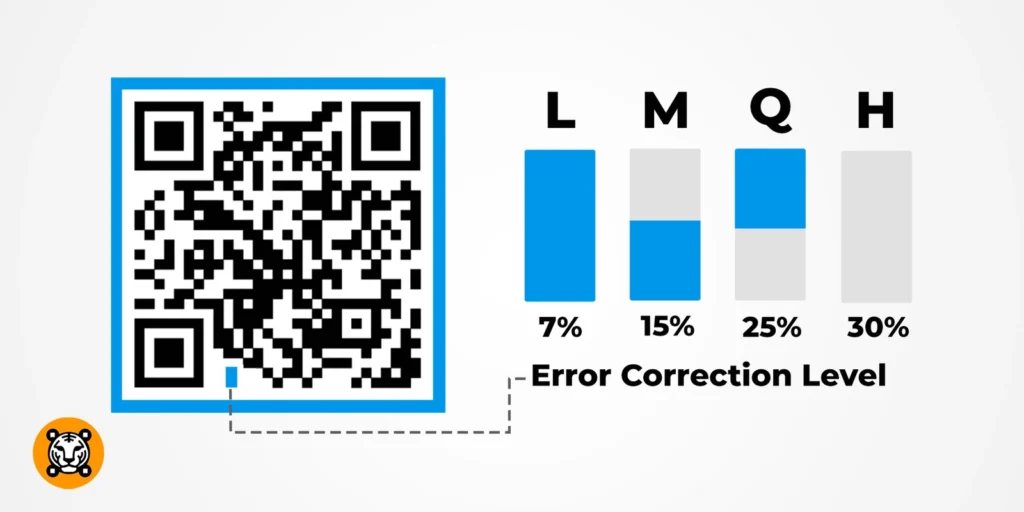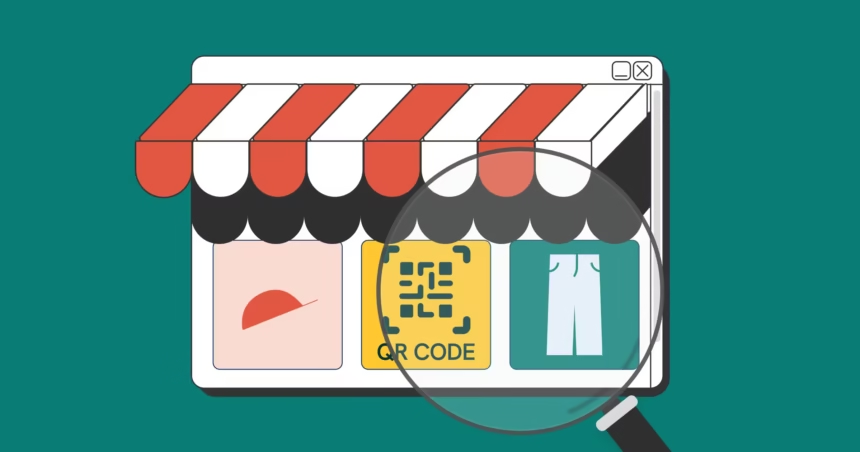QR Code development was further advanced by Denso Wave, a subsidiary of Toyota, drawing inspiration from the black-and-white grid pattern of the traditional Japanese board game “Go.” Due to its rapid data access and ability to modify codes, it is indispensable in the contemporary digital environment.
Whether you are making a payment at a local store, scanning Aadhaar-linked services, or accessing WhatsApp Web, the QR code (Quick Response code) has become an everyday essential. This black-and-white matrix serves as more than a mere convenience; it provides a secure and rapid means of transmitting information, utilized throughout India’s digital ecosystem, from UPI applications to official portals.
But have you ever thought about the origins of this groundbreaking technology? Here is all the information you need.
The origin of the QR Code:
Developed in Japan The initial invention occurred in 1994 by Japanese engineer Masahiro Hara. He was employed at that time by Denso Wave, which is a subsidiary of Toyota Motor Corporation. It was intended to establish a tracking system for automotive parts that would work more effectively than the conventional barcodes of the time. Masahiro conceived the idea, but Denso Wave refined it and officially launched it for industrial use.
A game that triggered a technological upheaval The concept of the QR code was not generated in a laboratory or a corporate boardroom, surprisingly. Masahiro found his inspiration while engaging in the traditional board game ‘Go’, which employs a 19×19 grid of black and white stones.

He also recognized that various combinations of shapes within the grid could serve to store intricate data, which ignited the concept for a high-capacity, rapid-scanning code..
Originally, QR codes were employed in the manufacturing sector, but they are now utilized for digital payments, Aadhaar authentication, WhatsApp logins, ticket scanning, and various other applications. This technology’s ability to adapt to different use cases and maintain security is largely due to its rapid scanning, error correction, and dynamic content updating capabilities.
Next time you use a QR code to pay or log into your social media, keep in mind that it all began with a simple board game concept in Japan.
For more updates and other exciting news, visit our website now!
















